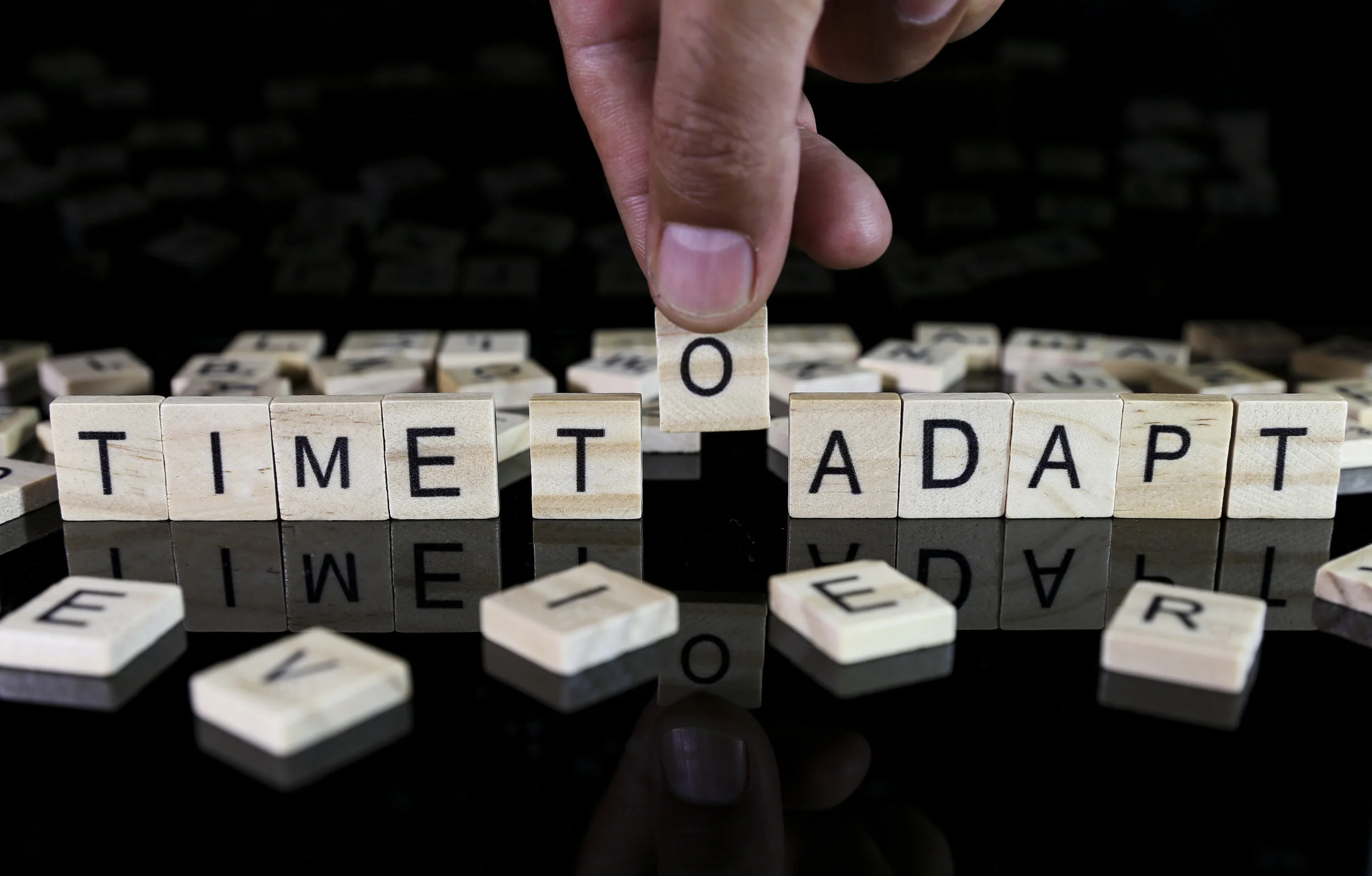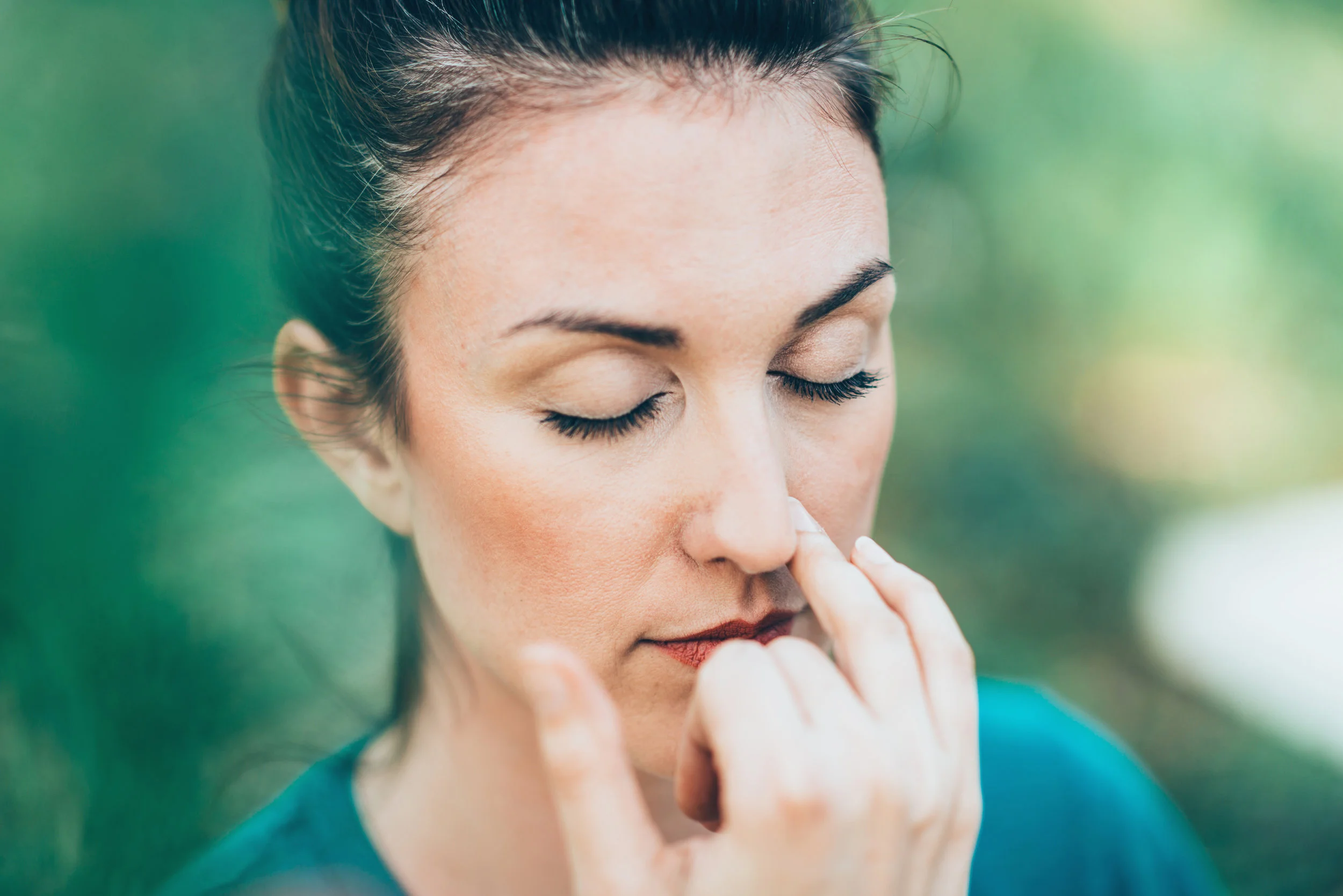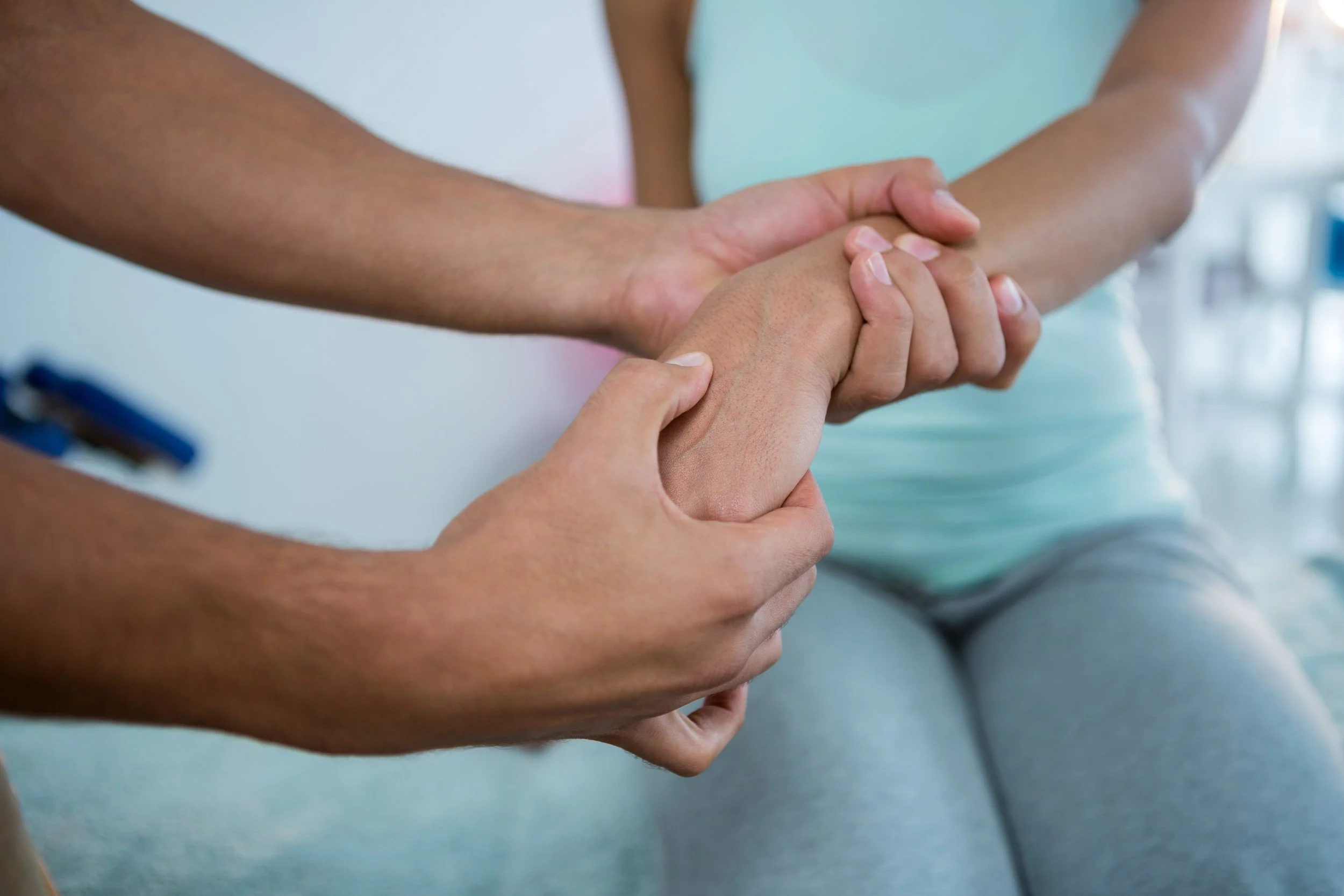The Power of Floating
/Imagine being a 24-year-old man, naked and floating in a pod, inducing complete sensory deprivation and being immersed in what I can only describe as adult sized womb. Sound terrifying? Well, today I did just that, but alas, it was not scary in the slightest and instead it ending up being both relaxing and transformative.
To my surprise, I learnt that floatation therapy has been around for around 60 years. It is yet however, to become mainstream. I for one, knew nothing about it.
A few weeks back, I was browsing the web looking for something interesting and new that a friend and I could try out. This is when I came across ‘Float Works’ in Vauxhall, London. Intrigued, I booked us one ‘float’.
I arrived at 9 am and was overcome by a sense of tranquillity. The receptionist positively oozed zen, making my friend and I feel at ease; this was particularly reassuring when trying something so new and unusual.
He showed each of us to our private room where a large white pod filled with salt water greeted me. He explained its features and left us to shower and hop in. Normally I would be nervous, but the staff were so friendly and positive that any residual nerves evaporated.
I took off my clothes and lay down in the water. I felt the tension in my body melt away. Turning the pod’s lights off, I was lost in complete darkness, left to focus on my own thoughts for a full hour.
After the fifteen minutes of quiet music (to ‘ease you in’) I lost any sense of time. I began to fade in and out of active thought, managing in the main to clear my mind. The water, being perfect room temperature, meant that I wasn’t able to tell which parts of me were in the water and which were out. I focused on my breath and could hear only my heartbeat; I had completely succumbed to the pod.
The hour was up in what felt like minutes. Before entering, I was convinced that this whole process might drag on, but instead I was shocked at how quickly the time flew!
After the float, I felt happier, lighter and rejuvenated. I made my way up to the ‘relaxation room’ and poured myself a complementary herbal tea, and pondered the immense and positive impact of the float. I am a massage addict, but let me tell you, this float session was more wellness inducing than any massage I have ever received. It was special absolutely worth the £50 price tag.
I’m giving this 5/5 on the happiness scale.
This article originally appeared on huffingtonpost and was written by Nader Dehdasht











![Self-regulation “control [of oneself] by oneself"](https://images.squarespace-cdn.com/content/v1/55563e14e4b01769086817cb/1542845645966-PO2HGKF5JLUBM45UIWQ3/wee-lee-790761-unsplash.jpg)



















